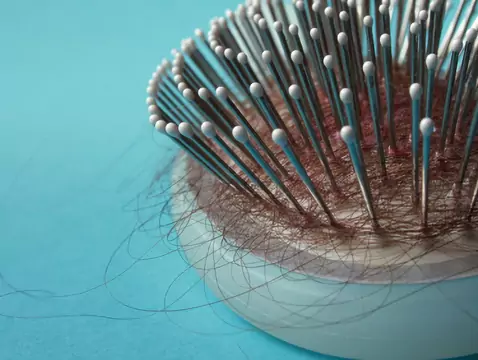Ad:

Cancer treatment
Cancer - causes, symptoms, diagnosis, treatment
For many years, cancer has been the second and, among women aged 30-69, the first cause of death in Poland after cardiovascular diseases. The incidence of malignant tumours is increasing very...

Cancer treatment
Chemotherapy - will I vomit?
Nausea and vomiting are one of the common side effects that patients starting cancer treatment ask about. They are such unpleasant sensations that there is often a great deal of anxiety and fear...

Cancer treatment
Neutropenia - causes, symptoms, diagnosis, treatment
Cancer treatment is a complex, long-term process. One element may be chemotherapy, i.e. the use of anti-cancer drugs, i.e. cytostatics. These preparations are used to destroy cancer cells. They...
Ad:
Ad:
Ad:


